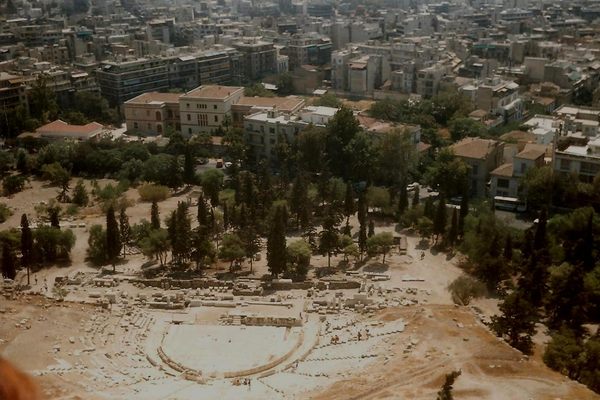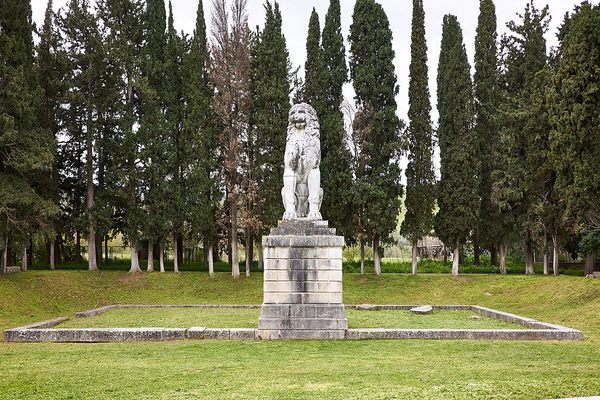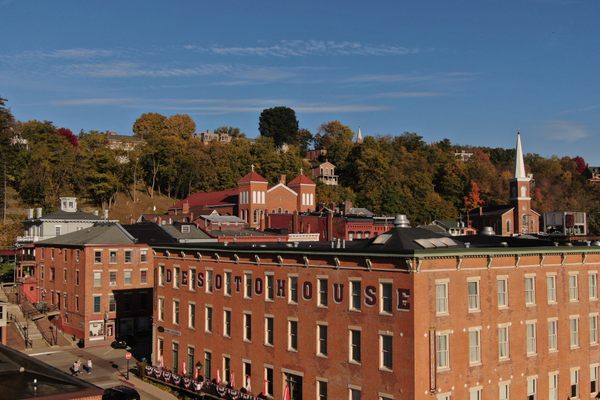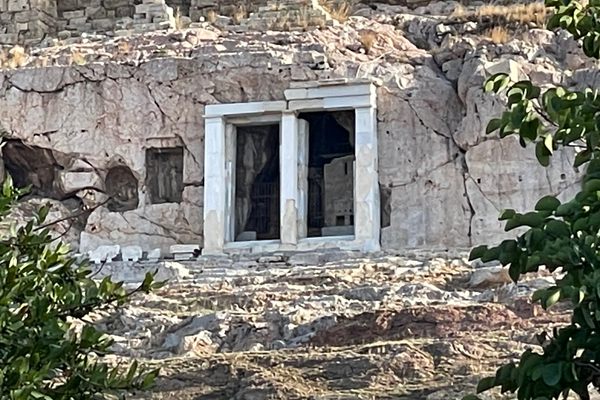Choragic Monument of Lysicrates
The only surviving choragic monument is a trophy awarded in 334 BC for the winning dramatic chorus.
In ancient Greece, yearly theater competitions sponsored by choregoi, wealthy patrons of the dramatic arts, were held in the Theater of Dionysus. The chorēgos who sponsored the winning performance received a prize, a large trophy in the form of a bronze tripod. In 334 BC, Lysicrates received the first of such prizes and commissioned a monument for his trophy.
The monument sits on Tripidon Street (Street of the Tripods), the ancient road that led from the city entrance to the theater, and was once lined with choragic monuments. Foundations of the others were discovered in the 1980s, but the Lysicrates monument is the only one that remains intact.
The monument has a cubic marble base and rotunda with Corinthian-style half columns that support an architrave. Above the architrave is the entablature, containing friezes depicting scenes from Lysicrates’ winning play. They show Dionysus, the Greek god of the stage, defeating pirates by turning them into dolphins. The entablature originally supported a dome, now missing, which was the base for three scrolls that held the tripod-shaped trophy.
In 1658, a French Capuchin monastery was founded on the site and later succeeded in purchasing the monument. The monks used the monument as a library and it survived over the years in part thanks to this. The monastery itself has a couple other claims to fame. The poet Lord Byron stayed there on a visit to Greece in 1810 and wrote his famous poem, “The Maid of Athens.” And in 1818, a monk planted the first tomato plants in Greece next to the Lysicrates monument in the monastery gardens.
The choragic monument was damaged and partially buried in rubble in 1824 during the Greek War of Independence, when the monastery was destroyed. It was restored with assistance from the French government and now stands proudly in its namesake square.




















Follow us on Twitter to get the latest on the world's hidden wonders.
Like us on Facebook to get the latest on the world's hidden wonders.
Follow us on Twitter Like us on Facebook